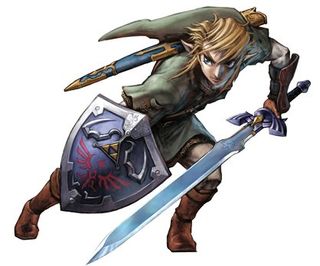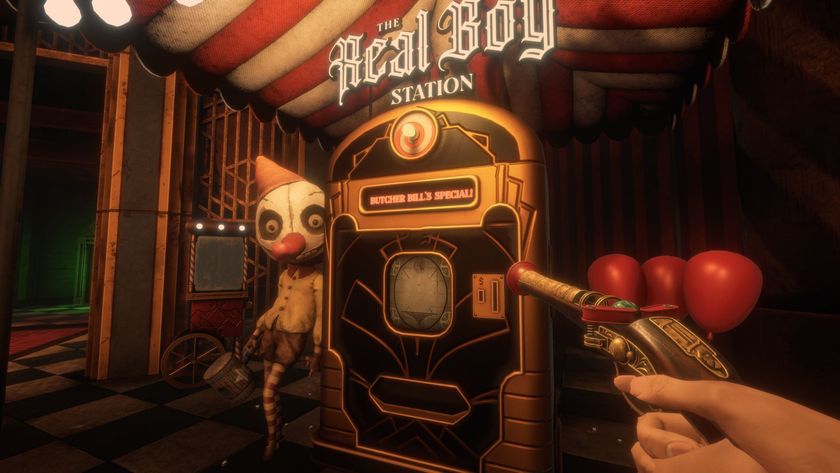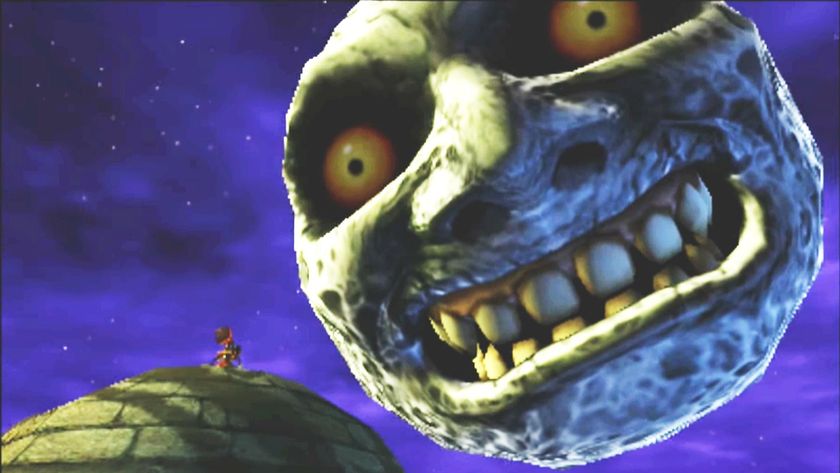Has the Wii really improved anything?
With all of Nintendo's big first-party franchises now out on the Wii, we look at whether motion control has really revolutionised any of them
A year and a half after its release, people still can't decide on the Wii's worth. Depending on who you ask it's either a fun alternative to hardcore gaming, an innovative system with a lot of future potential, or a cheap and pointless nonsense box that will bring about the end of gaming as we know it and leave us massively biceped but ultimately very bored.Not quitethe clean-cut gaming revolution we were promised a couple of years ago.
But a revolution we were promised. And now that all of Nintendo's main first-party franchises are out on the Wii, we've decided it's time to take stock of just what has actually changed as a result of motion control. Each game is going to get grilled on how improved - or not - it is over its predecessors, and then most importantly, we're going to sum up how big a role the Wii's technology has played in the quality of the final product.
Ready to see how big a deal motion control really is? Then read on.
The Legend Of Zelda: Twilight Princess

What is it?
Theeighth core game in in the Legend Of Zelda franchise. Originally slated for a Gamecube release late in the console’s life, a motion control enhanced version was eventually ported to the Wii, where it enjoyed most of its exposure.
Is it better than the last one?
Sign up to the 12DOVE Newsletter
Weekly digests, tales from the communities you love, and more
Tricky question. Really, it all depends on what you personally want from a Zelda game. The thing with TP is that while it’s overwhelmingly more accomplished in terms of artistry and overall ‘feel’ than any other game in the series, as far as the fiendishly intricate puzzling and adventuring Zelda is known for, it’s a bit of a damp squib. Dungeons are significantly simpler than the sprawling labyrinths of eldritch brain-torture that aged Nintendo fans shrieked their way

through in the old days; they’re usually based around a couple of large central tasks rather than the incessant inter-linking mind-teasers from Zelda games of yore.
It’s also the easiest Zelda game by far. Link’s death in this game is about as likely as Epona turning out to be made of toast in the end sequence. Most enemies drop pretty easily, a great deal can be ignored completely – especially when on horseback - and it’s rare that a boss can’t be killed first time. So why do we still love Twilight Princess? It’s all down to the sense of immersion.
While the Zelda games have always been flawless in their game mechanics, the series’ unswerving recycling of its core elements has made them feel just that. Mechanical. Fetch and carry quest leads to dungeon, dungeon leads to item, item leads to fetch and carry quest. After twenty-two years the formula had become so predictable that the player was dragged right right out of the game world as soon as that first villager (read: talking signpost) asked for help. For all their wide-reaching vistas and richly varied inhabitants, Zelda games were starting to feel very empty and sterile. Thankfully, Twilight Princess fixed all of that.
For the first time, we had a real context for Link’s life in Hyrule. We had genuine characters with genuine personalities, who really developed over the course of the game. Proper, RPG-style relationships and emotional empathy replaced the purely functional personalities of the more clinical old Hyrule, and it was all given an extra boost by some truly epic cut-scenes and action set-pieces.

And the Wii remote played no small part in the overhaul. While sword-play simply replaced a mash of the A button with a swing of the controller, it felt a million times more tactile. The point-and-shoot archery might not have lived up to our dreams of pulling back the remote like a bow string, but it still felt brilliantly badass to pull off four long-distance head shots in a row with minimal effort. And thanks to the motion control on the Nunchuk, Link’s new shield-based combat options both added depth and gave a genuine gladiatorial feel to the whole affair. It might have been a later consideration during the game’s development, but Twilight Princess’ Wii control added a thick layer of icing to what was already the most ‘real’ feeling Zelda game yet.
Did The Wii really help?
Yes it most certainly did. TP would still be a deeply textured and immersive experience without it - indeed, in the waggleless Gamecube version it is - but the integration of the Wii’s abilities set things off beautifully. Roll on a dedicated Wii Zelda, designed for the system from the ground up.

OG BioShock director recommends one very BioShock-y Steam Next Fest game that already has 500 "very positive" reviews

Despite Zelda: Majora's Mask basically being a horror game, one of its key devs didn't think its creepiest features were scary at all: "People on the team were like 'whoa!'"
Most Popular





